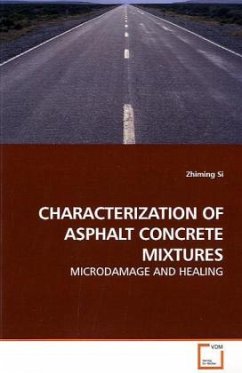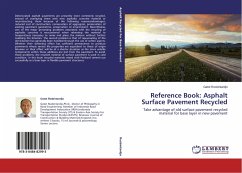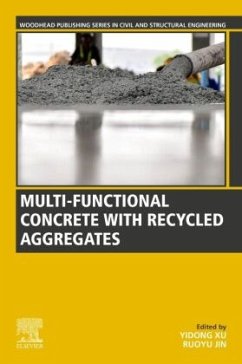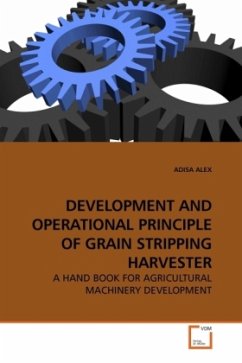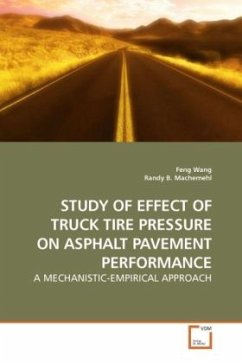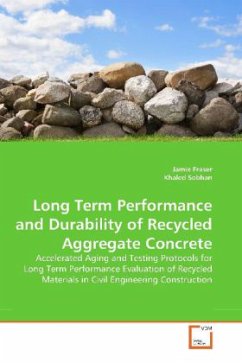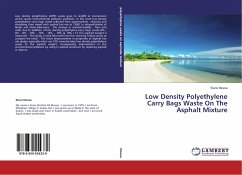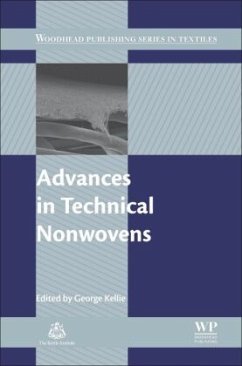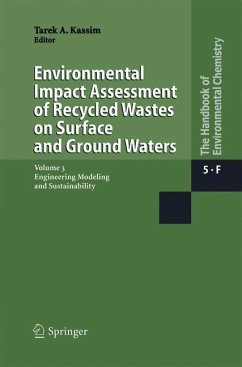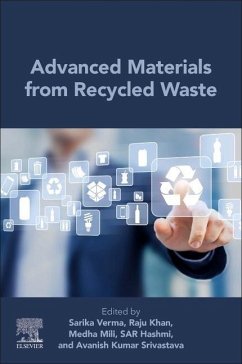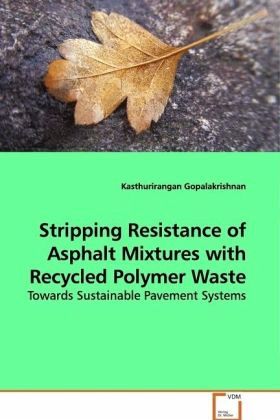
Stripping Resistance of Asphalt Mixtures with Recycled Polymer Waste
Towards Sustainable Pavement Systems
Versandkostenfrei!
Versandfertig in 6-10 Tagen
32,99 €
inkl. MwSt.

PAYBACK Punkte
16 °P sammeln!
Moisture-induced damage in asphalt pavements as a result of stripping is a complex and serious problem in many parts of the world. Polymer additives are commonly added to asphalt to decrease temperature susceptibility but they have also shown to improve adhesion and cohesion and resistance to moisture-induced damage. This allied with the increasing difficulty in disposing polymer waste products and shifting of focus towards sustainability, has led to the recycling of polymers in asphalt to improve asphalt cement properties. Ethylene Propylene Diene Monomer (EPDM) is a polymer waste in Louisian...
Moisture-induced damage in asphalt pavements as a
result of stripping is a complex and serious problem
in many parts of the world. Polymer additives are
commonly added to asphalt to decrease temperature
susceptibility but they have also shown to improve
adhesion and cohesion and resistance to moisture-
induced damage. This allied with the increasing
difficulty in disposing polymer waste products and
shifting of focus towards sustainability, has led to
the recycling of polymers in asphalt to improve
asphalt cement properties. Ethylene Propylene Diene
Monomer (EPDM) is a polymer waste in Louisiana.
Earlier studies have shown that chemically treated
EPDM could be used as a viable modifier in asphalt
cement and, when incorporated in asphalt concrete,
the mixes showed enhanced stiffness and creep
properties. This book primarily discusses the
moisture susceptibility behavior of conventional and
EPDM modified asphaltconcrete mixes through a
comprehensive laboratory test program involving
different commercial antistripping additives.
result of stripping is a complex and serious problem
in many parts of the world. Polymer additives are
commonly added to asphalt to decrease temperature
susceptibility but they have also shown to improve
adhesion and cohesion and resistance to moisture-
induced damage. This allied with the increasing
difficulty in disposing polymer waste products and
shifting of focus towards sustainability, has led to
the recycling of polymers in asphalt to improve
asphalt cement properties. Ethylene Propylene Diene
Monomer (EPDM) is a polymer waste in Louisiana.
Earlier studies have shown that chemically treated
EPDM could be used as a viable modifier in asphalt
cement and, when incorporated in asphalt concrete,
the mixes showed enhanced stiffness and creep
properties. This book primarily discusses the
moisture susceptibility behavior of conventional and
EPDM modified asphaltconcrete mixes through a
comprehensive laboratory test program involving
different commercial antistripping additives.



